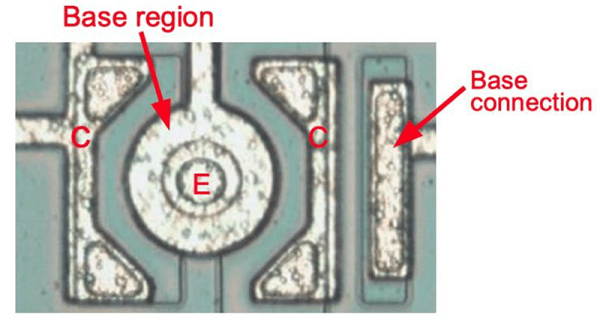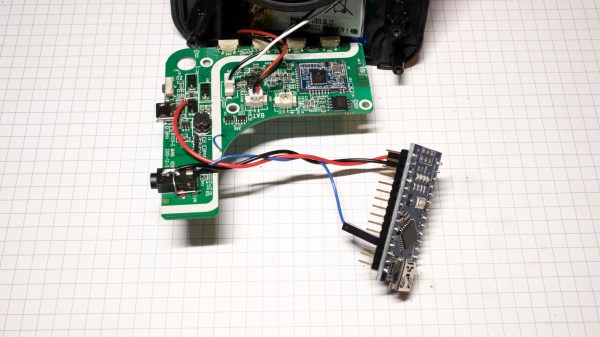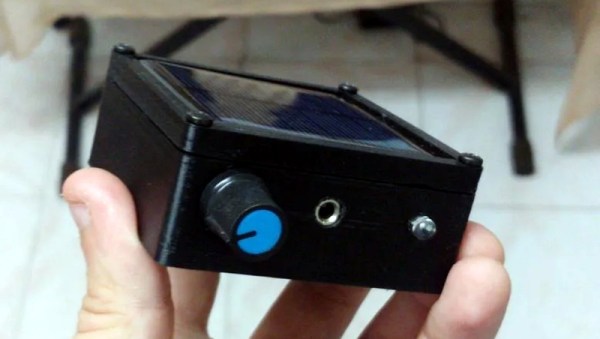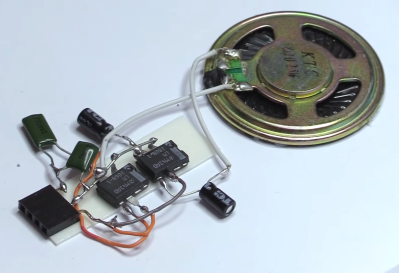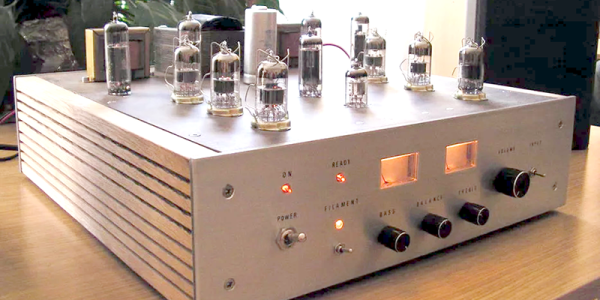It’s a constant battle for musicians — how to practice your instrument without bothering those around you? Many of us live in apartments or shared accommodation, and having to wait until the apartment is empty or only being able to practice at certain times of day can be restrictive, especially if you need to practice for an upcoming gig or if the creative juices start flowing and it’s 3 AM! [Gavin] was having this issue and started developing Porter, a guitar/bass practice device which works with all effects pedals and is portable and rechargeable. So you can grind away your epic heavy metal solo no matter the time of day!
While there have been similar solutions, many musicians weren’t satisfied with the sound and often couldn’t support inputs from distortion pedals. They usually chewed through batteries and were just not a great solution to the problem. [Gavin] has spent the last two years fine-tuning the design. It’s a fully analog design, with built-in rechargeable batteries to boot. So it not only sounds great, but it can last as long as your practice session does with a 15-hour runtime when fully charged!
Initially, the project began as a headphone amplifier but morphed into a design specifically for guitar and bass, with preamp and power amp stages and adjustable input impedance – 500kΩ for guitars and 1MΩ for bass. The latest revision also changed to a different power amp that further reduced THD and led to an even better sound. The schematics are up on the Hackaday.io project page, but [Gavin] is also hoping to do a crowdfunding campaign to get these devices out into the hands of guitarists everywhere!



